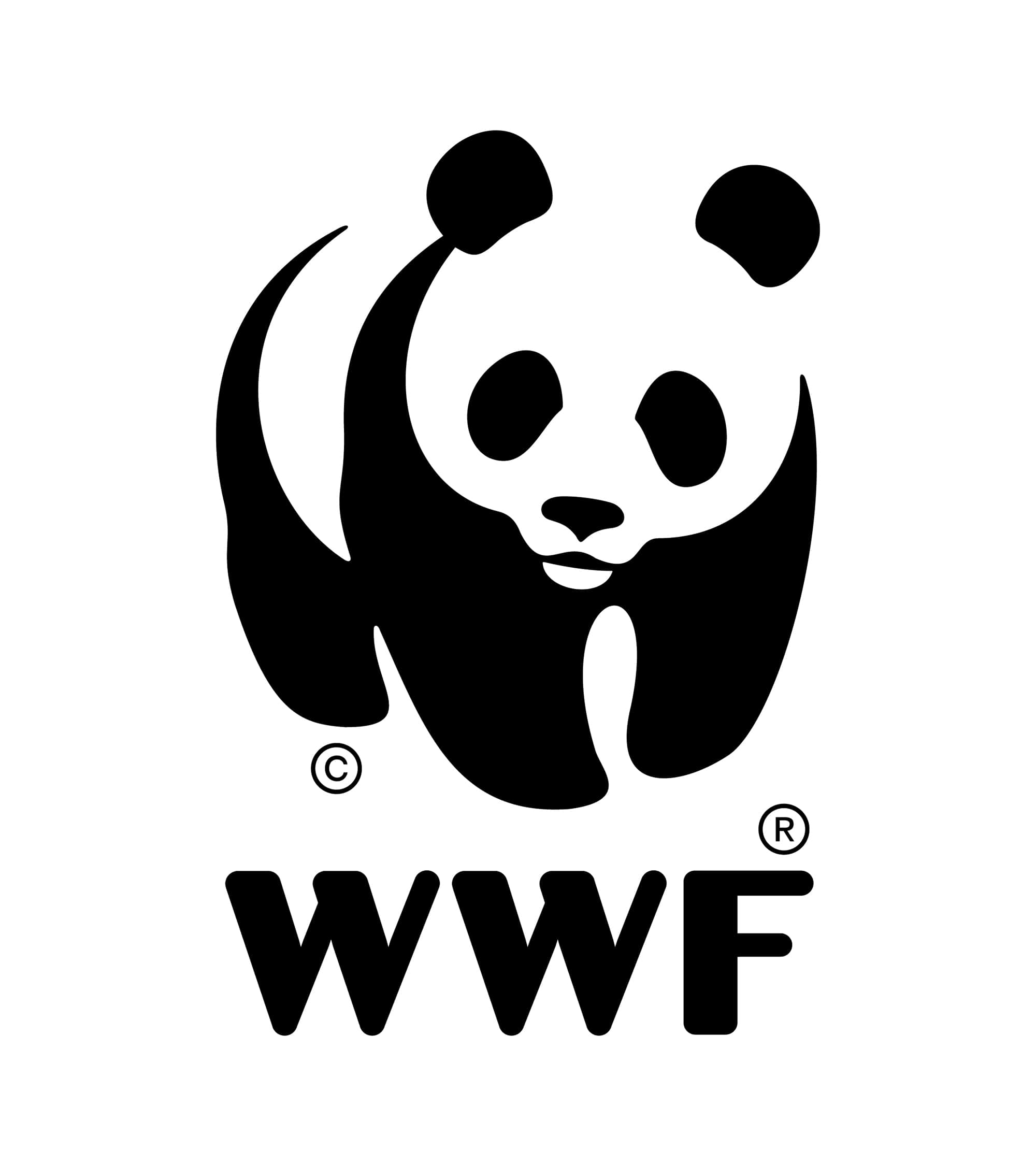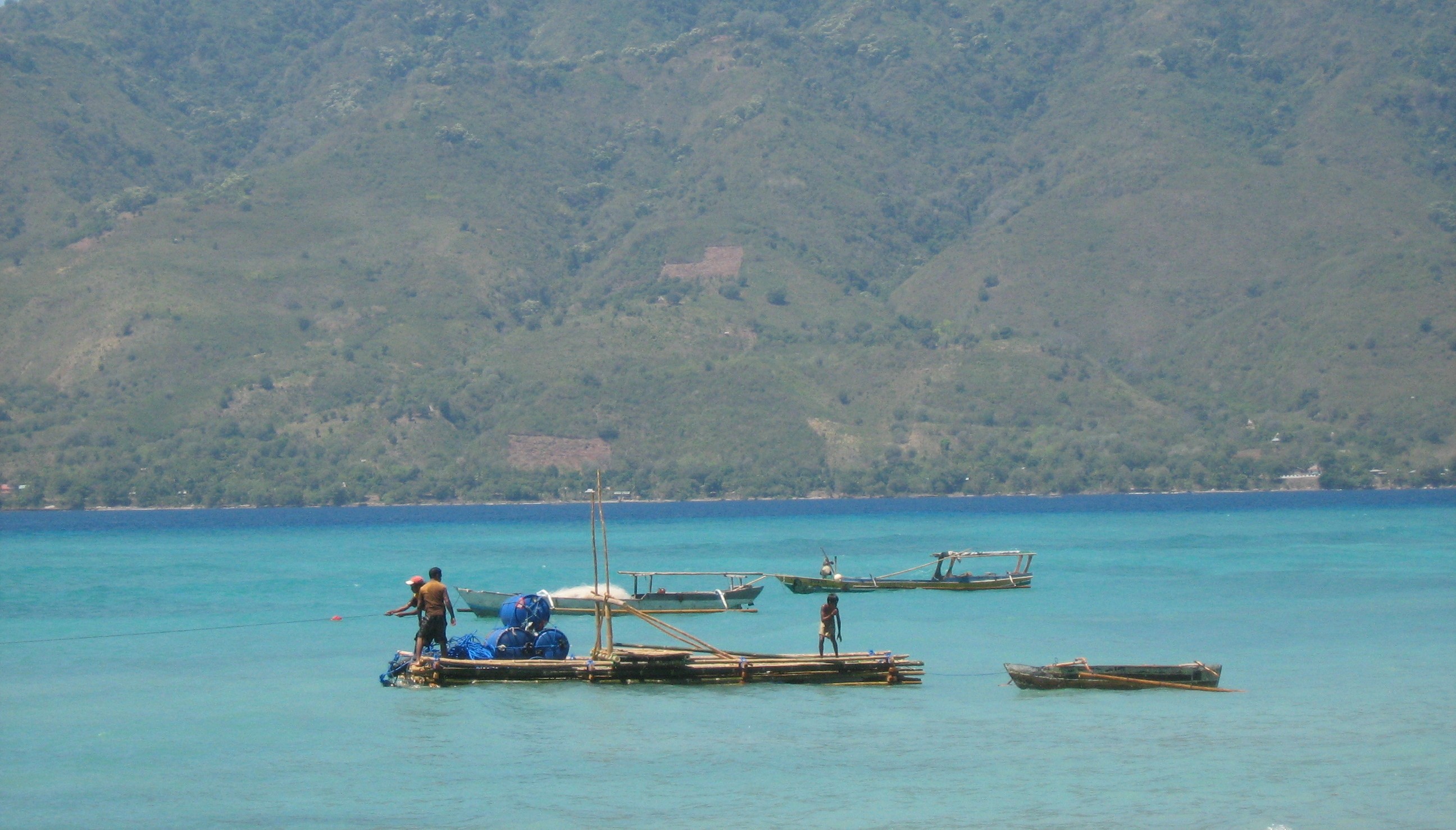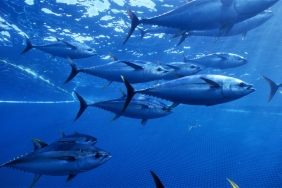WWF ENCOURAGES BERAU FISHERMEN TO APPLY PROPER HANDLING AND PACKING TECHNIQUES
By: Nina Samidi
Tanjung Batu (20/5)-A number of fishermen were gathered at the office of the Tanjung Batu Fisheries Economic Development Program (LEPP), Derawan Island District, Berau Regency, East Kalimantan. They were paying attention to the material given by Totok Yudhiyanto, production, PT Indomarind, Batam, on how to handle fish after being caught to keep it fresh until it reaches consumers. In addition to receiving modules on how to handle and pack fresh fish products, they also received video materials and supporting photos. The above activities are part of a larger program on how to handle fresh fish.
The above activities were part of the Training on Handling and Packing of Fresh Fishery Products held by WWF Indonesia's Fisheries on May 20, 2011. This activity involved representatives from several community groups and collectors targeted to participate in the Seafood Saver program in Berau, East Kalimantan. They were representatives from Kabilahian Group, LEPP, Jaringan Nelayan (JALA) Tanjung Batu, and UD Mutiara Tanjung Batu, as well as representatives of fish collectors from Biduk-Biduk and Kampung Balikukup sub-districts.
"The handling of fresh fish from capture fisheries and aquaculture is almost the same in principle, which emphasizes the cleanliness and quality of fish in order to obtain fresh fish in prime condition," Totok explained.
The techniques of handling and packing are basically common knowledge that most fishermen are familiar with. However, generally, they are not familiar in theory. Therefore, this training is provided to equalize standards so that the capacity of the fishermen in handling and packing procedures increases. By doing so, it is expected that the quality of the fresh fish products can be maintained and accepted by a wider market.
"From this activity, it is expected that fishermen and collectors will not have to catch fish blindly, for example using fish bombs or potassium, to gain profits. Because by practicing how to handle and pack fish properly and correctly, as well as applying environmentally friendly fishing methods, they have the opportunity to gain more profit, "explained Candhika Yusuf, Fisheries Officer, WWF Indonesia. It is important to note that the fish produced by the fishermen are produced by the fishermen.
It is important to note that fish produced from fishing methods using fish bombs or potassium have poor quality, such as physical defects, rotten quickly, and so on, so that the price is far from expected. WWF-Indonesia's Fisheries program has been working to improve the quality of the fish.
WWF-Indonesia's Fisheries program also developed a Best Management Practice (BMP), which contains guidelines on environmentally friendly fishing methods and specifications on the weight and length of fish that are suitable for catching. For example, grouper X must reach a minimum length of XX cm before it can be caught. If it is less than XX cm, the grouper is still a juvenile, meaning it has not yet reproduced.
The visualization is used because each type of fish has a different minimum catch size. Example: Plectropomus maculatus or called sunu grouper or sunu has a minimum catch size of 54 cm, while Cromileptes altivelis or called duck grouper or rat grouper has a minimum catch size of 39 cm, while Lutjanus malabaricus or called red snapper has a minimum catch size of 54 - 57.6 cm. The difference in minimum catch size of these fishes depends on their reproductive cycles, which vary from one another. The Grouper and Snapper Fisheries BMP document further explains the various minimum catch sizes of the various grouper and snapper species.
"By setting a minimum size of fish that can be caught, it is expected that the fish will have reproduced at least once before they are caught by fishermen. That way, the fish stock in the sea remains," Candhika concluded.





